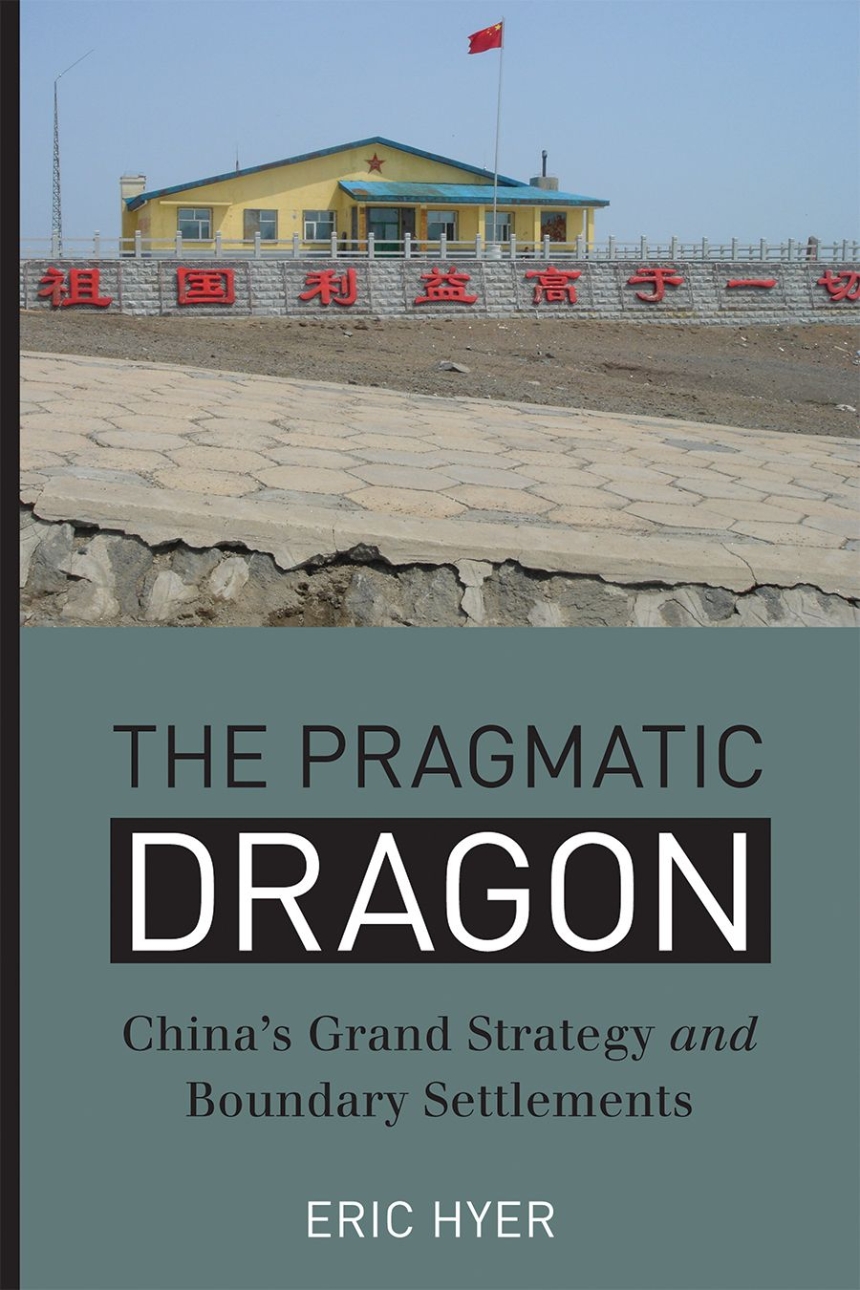University of British Columbia Press
The Pragmatic Dragon
China’s Grand Strategy and Boundary Settlements
Distributed for University of British Columbia Press
The Pragmatic Dragon
China’s Grand Strategy and Boundary Settlements
Table of Contents
Part 1: The Strategic and Historical Context
Introduction: Grand Strategy and Boundary Settlements
1 The Historical Legacy
Part 2: The Sino-Indian Dimension
2 Sino-Indian Relations and Boundary Disputes
3 The Sino-Burmese Boundary Settlement
4 Boundary Settlements with Nepal, Sikkim, and Bhutan
5 The Sino-Pakistani Boundary Settlement
6 The Sino-Afghan Boundary Settlement
Part 3: The Sino-Soviet/Russian Dimension
7 Sino-Soviet/Russian Relations and the Boundary Settlement
8 The Sino-Mongolian Boundary Settlement
9 The Sino-Japanese Senkaku/Diaoyu Islands Dispute
10 The Sino-Vietnamese Territorial and Boundary Settlements
Part 4: Contemporary Settlements and Disputes
11 Boundary Settlements with Eurasian States
12 The South China Sea Territorial Disputes
Conclusion; Notes; Bibliography; Index

